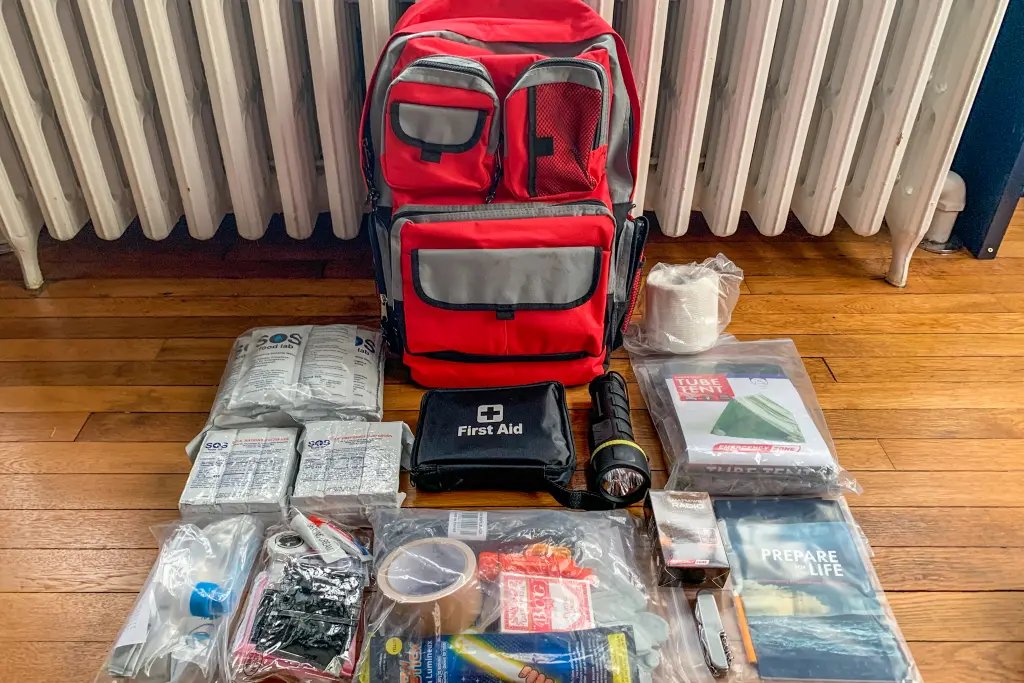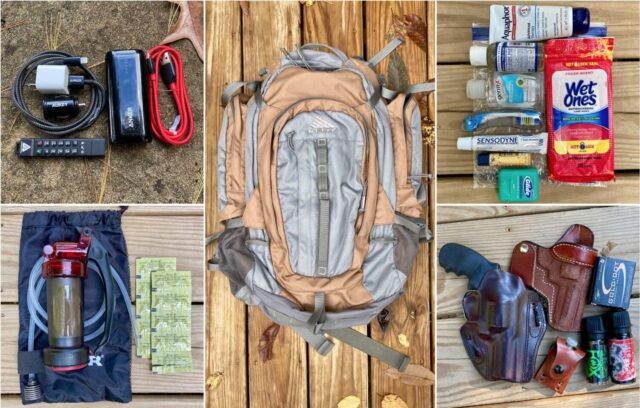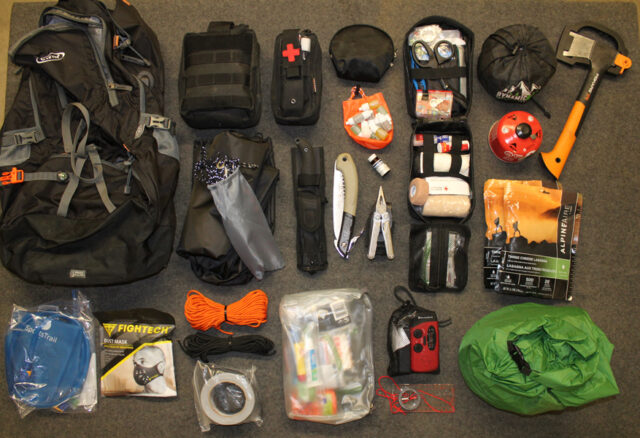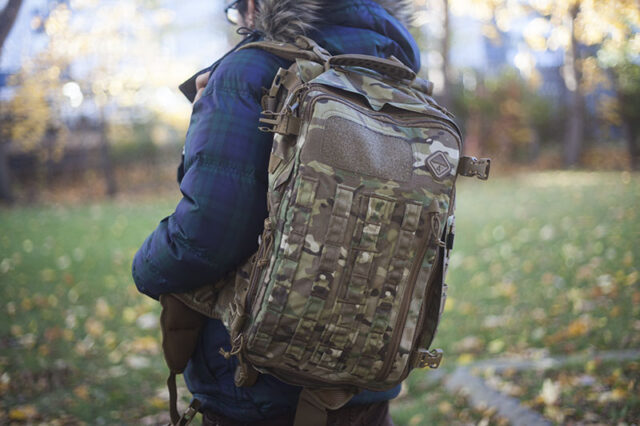
A bug out bag is essentially a portable survival kit designed to sustain you for up to 72 hours in an emergency. This isn’t just a random assortment of items; it’s a carefully curated collection of essentials that could mean the difference between life and death. Imagine scenarios like a wildfire rapidly approaching your home, a hurricane making landfall, or civil unrest breaking out in your city. In such situations, you won’t have the luxury of time to gather supplies. That’s where a bug out bag comes into play. It’s pre-packed with everything you’d need to survive and thrive in adverse conditions. It’s not just a backpack; it’s your lifeline in emergency situations.
Benefits of Bug Out Bags

The advantages of having a bug out bag ready are numerous and significant. First and foremost, it gives you a critical head start in emergencies. When disaster strikes, every second counts. You won’t have time to think about what to take with you; you’ll need to act fast. A bug out bag eliminates the guesswork and the frantic last-minute packing, allowing you to focus on getting yourself and your loved ones to safety. Second, a bug out bag provides an invaluable sense of peace of mind. Knowing that you’re prepared for a range of emergency situations significantly reduces stress and anxiety. It’s not just about the physical items you pack; it’s about the mental readiness and resilience that come from knowing you’ve done your best to prepare for the unexpected.
When to Use Bug Out Bags
A bug out bag is not just for doomsday preppers; it’s a practical tool for anyone who understands that life is unpredictable. Natural disasters like hurricanes, earthquakes, and wildfires are becoming increasingly common. But it’s not just Mother Nature you have to worry about. Man-made disasters like civil unrest, terrorist attacks, or even widespread power outages can make it necessary to have a bug out bag. The key is to be prepared for any situation that would make staying in your current location unsafe. Having a bug out bag means you’re ready to evacuate at a moment’s notice.
Bug Out Bag Contents Overview

When it comes to packing bug out bags, one size doesn’t fit all. A typical bug out bag should contain essentials like food, water, clothing, and first aid supplies. However, the contents can and should vary based on individual needs, the nature of the emergency, and even the local climate. Customization is crucial. For example, if you have a medical condition, you’ll need to include prescription medications. If you have pets, you’ll need supplies for them as well. The goal is to create a bug out bag that’s tailored to your specific needs and circumstances.
Food and Water Supplies
When it comes to food and water, you’ll need to think in terms of longevity and practicality. Focus on non-perishable items like canned goods, energy bars, and dried fruits. These items have long shelf lives and are easy to pack. Remember, you’re packing for 72 hours, so three days’ worth of food is essential. As for water, the general rule is one gallon per person per day for drinking and sanitation. That might seem like a lot, but when you consider that you’ll also need water for cooking and cleaning, it adds up quickly.
Clothing and Shelter

Clothing is more than just a fashion statement; it’s your first line of defense against the elements. Pack clothes that are versatile and suitable for all weather conditions. Include a durable pair of boots, rain gear, and thermal underwear. Layering is key, so pack items that can be easily layered for warmth and removed when it’s hot. For shelter, a compact, easy-to-set-up tent and a sleeping bag are must-haves. Staying warm and dry is crucial for survival, especially if you’re exposed to harsh weather conditions.
First Aid and Medications
Health is wealth, especially in emergency situations. A basic first aid kit should include bandages, antiseptics, and pain relievers. But don’t just throw in a pre-made kit and call it a day. Customize it to meet your specific needs. If you or any family member takes prescription medications, make sure to include a three-day supply. Also, consider adding personal hygiene items like toothpaste, soap, and feminine hygiene products. These may not be life-saving items, but they can significantly improve your comfort and well-being in stressful situations.
Tools and Equipment

When it comes to tools and equipment, think utility and multi-functionality. Essential tools include a multi-tool or Swiss Army knife, a flashlight with extra batteries, and fire starters like waterproof matches or a magnesium fire starter. These items can help you make minor repairs, see in the dark, and start a fire for warmth or cooking. Other useful items include duct tape, zip ties, and a sturdy rope.
Communication and Navigation
In an emergency, staying connected could be a lifesaver. Include a fully charged portable phone charger, a small radio, and a whistle in your bug out bag. These tools can help you receive important updates and signal for help if needed. For navigation, always include a map and compass. GPS devices are great, but they’re useless if the battery dies or the signal is lost.
Personal Documents and Cash

Identity and documentation are often overlooked in emergency planning. Keep copies of important documents like IDs, insurance policies, and medical records in a waterproof container. Also, include some cash in small denominations. In a world that’s increasingly going cashless, it’s easy to forget that digital payment systems can fail.
Maintenance and Regular Checkups
Owning a bug out bag isn’t a one-and-done deal. Regular maintenance is crucial. Periodically check the contents to make sure they’re up-to-date and in good condition. Replace expired items like food and medications, and reconsider your needs as your life situation changes. For example, if you move to a different climate, you’ll need to adjust your clothing and gear accordingly.
Conclusion
In summary, a bug out bag is your go-to resource for survival in a variety of emergency situations. From natural disasters to civil unrest, a well-stocked and maintained bug out bag gives you the upper hand. It’s not just about the items you pack; it’s about the peace of mind that comes from knowing you’re prepared. So don’t wait for an emergency to catch you off guard.













